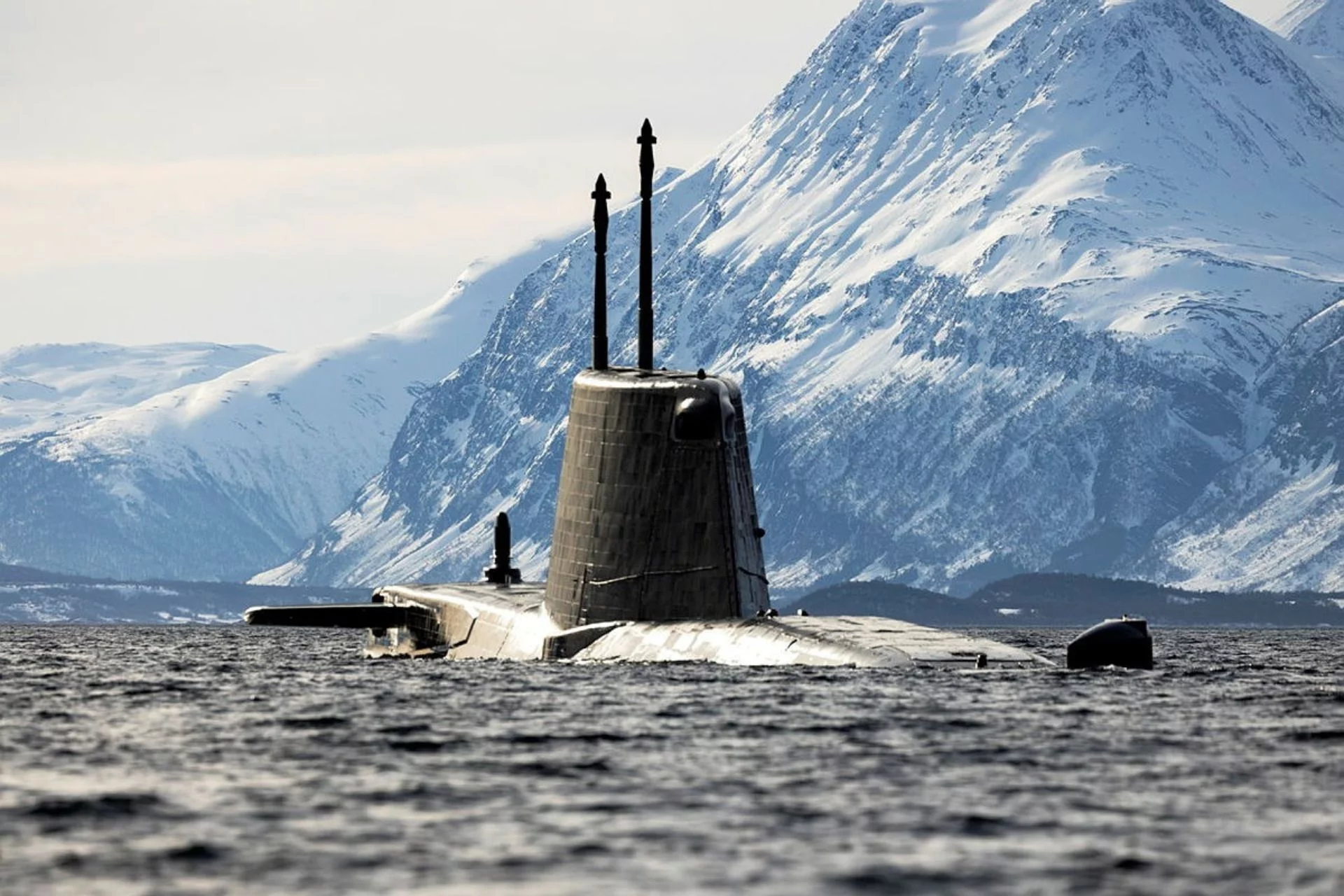
Key Points:
- The report argues for a significantly expanded and modernized Royal Navy to maintain its strategic edge in a changing geopolitical landscape.
- The report’s central focus is on enhancing submarine capabilities.
- The report also advocates for increased destroyer and frigate numbers.
Submarines, Destroyers, and Arsenal Ships on the List
The Royal Navy faces a critical moment, navigating a complex geopolitical landscape where traditional threats have evolved and new challenges emerge. To maintain its strategic edge, a new report, “A More Lethal Royal Navy: Sharpening Britain’s Naval Power,” advocates for a significant expansion and modernization of the fleet, focusing on submarines, destroyers, and even the adoption of an “arsenal ship.”
A Submarine-Centric Strategy
The report, sponsored by Lockheed Martin and published by the Council on Geostrategy, emphasizes the pivotal role of nuclear attack submarines (SSNs) in maintaining naval dominance. SSNs, known for their stealth and endurance, excel in anti-submarine warfare, anti-surface warfare, and launching cruise missiles. Citing the Falklands War as a prime example, the report highlights the strategic importance of submarine patrols, noting how the presence of the HMS Conqueror forced the Argentine fleet to retreat.
Currently, the Royal Navy boasts five Astute-class SSNs, with two more in development and one upgraded Trafalgar-class submarine. However, the report stresses the need for a larger submarine force to achieve strategic objectives. It recommends procuring 12 of the new SSNs being developed under the AUKUS program, a joint effort with the US and Australia, ensuring their design incorporates significant land-attack and anti-ship missile capabilities.
Beyond Submarines: A Comprehensive Approach
Furthermore, the report proposes increasing the destroyer fleet to 32 ships by acquiring eight Type 83 destroyers. It emphasizes the need to expedite the Fleet Solid Support Programme, which ensures resupply for warships at sea, and accelerate the exploration of the “arsenal ship” concept, a concept already being explored by the US and Australia.
Political Landscape and the Future of the Royal Navy
The report’s release coincides with a significant political juncture in the United Kingdom. A general election is scheduled for July 4th, and both the Conservative and Labour parties have incorporated increased defense spending into their campaign platforms. Their stated objective is to elevate defense expenditure to 2.5% of the UK’s gross domestic product by 2030. According to the Conservative party’s estimates, this translates to a substantial commitment to military investment, representing a projected increase of £97 billion over six years.
However, despite these pledges for increased funding, the Royal Institute of International Affairs, also known as Chatham House, highlights the existence of complex resource allocation challenges. The organization cautions that, even with a larger defense budget, the UK government will face difficult decisions regarding strategic priorities. Specifically, Chatham House argues that the simultaneous need to address ongoing military operations in Europe and bolster military presence in the Middle East and Indo-Pacific region will necessitate a carefully considered prioritization of resources. The organization further emphasizes that increasing defense spending does not eliminate the need for strategic decision-making. The UK’s military resources will need to be strategically allocated, focusing on its commitments to European security and the ongoing conflict in Ukraine.
